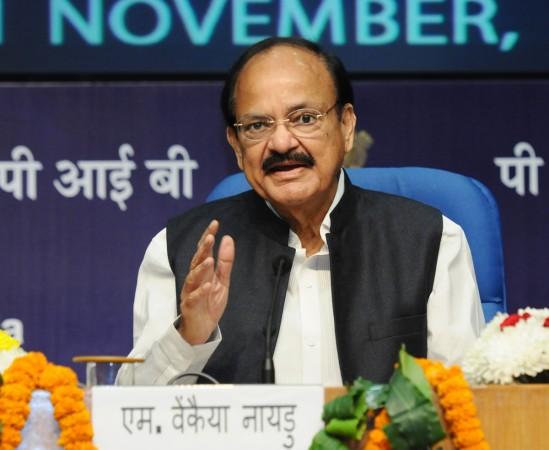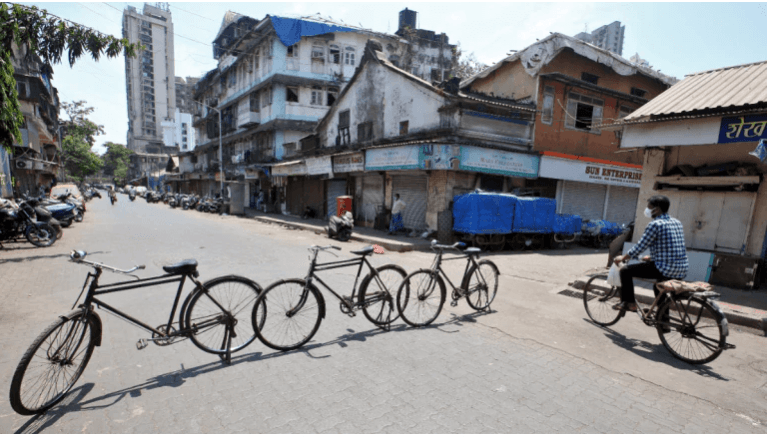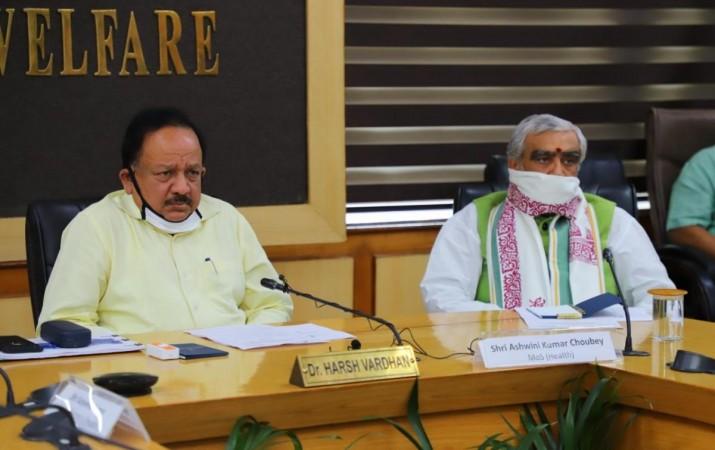On extending the nationwide lockdown until May 3, Prime Minister Narendra Modi has taken a six-day gap to announce the lockdown exit strategy, which will include easing restrictions in areas where no Covid-19 cases are reported, to slowly resume economic activity by opening up industries and preparing well for the smooth exit.

Only if the Modi government had given advance notice of the nationwide lockdown to be imposed on March 24 evening, then the purpose of lockdown would have been defeated in itself with the movement of both symptomatic and asymptomatic people across cities and piling up of stocks. Despite repeated instructions from the Centre to not stop trucks carrying essential and non-essential goods, there has been a lot of misinformation circulated, thus creating supply issues and posing availability challenges for certain essential goods.
Planned pragmatic approach to exit lockdown
To facilitate smooth exit from the lockdown, district and state administration will facilitate slow opening up of industrial units outside the containment zones to resume operations, help daily wage workforce commute and facilitate raw materials transit, etc. The transporter unions have reached out to the government for clarification - if their vehicles could pass through Covid-19 clusters comprising small towns, districts, and UTs that report large coronavirus outbreaks.
The lockdown will be completely lifted only if there are no new Covid-19 cases in the state, UTs and the entire nation. PM Modi had issued an incentive for community participation in helping the nation tide over the crisis. Easing of the lockdown in selected states will be "conditional." The lockdown will be imposed back again, if a Covid-19 free zone is found with few cases reported much after the lockdown is lifted. "We must make sure we don't become careless, nor allow anyone else to be careless," PM Modi had said in his address to the nation on April 14.
"Until 20th April, every town, every police station, every district, every state will be evaluated on how much the lockdown is being followed. Areas that succeed in this litmus test, those which will not be in the hot-spot category, and will have less likelihood to turn into a hot-spot may be allowed to open up select necessary activities from 20thApril," PM Modi said. The easing of restrictions in Covid-19 free zones is being done to help the poor daily wage earners, who are facing difficulties in making their living and to procure essentials for daily life.
Vice President of India Shri M. Venkaiah Naidu has urged that "concerns about the health of the people shall take precedence over that of stabilization of economy." In his assessment of the completion of two weeks of lock down on April 14 and the way forward, Shri Naidu opined that the next week will be critical for deciding on the exit from the present nation-wide restrictions in force from March 25. He said that the data regarding the extent and rate of spread of virus infection will have a bearing on the exit strategy.

Lockdown exit strategy explained: Phase I
Various steps have been taken by the Government of India to prevent, manage and contain Covid-19 through a collective effort between the states and UTs. These are regularly reviewed and monitored at the highest level. Post-PM Modi's national address on April 14, the Ministry of Health and Family Welfare has issued detailed directions to all States and UTs. Every district of the country has been divided into: Hotspot districts, Non-Hotspot districts with reported cases, and Green zone districts.
Covid-19 hotspots are those wherein more cases are reported, but the doubling rate is less in these containment zones. India treats a coronavirus-affected area as a hotspot if there are six or more incidences of coronavirus tested positive cases. However, according to the global standards for declaring an area as a coronavirus hotspot - if there are only 10 positive cases and more.
States of Odisha, Uttarakhand, Northeast and Kerala are on the likely threshold of restrictions being eased after April 20, since these states have performed better than the others in containing spread of the novel virus.
These strategies describe how to delineate the containment zone and buffer zone. In these containment zones, except for essential services, the rest of the movement and activities will be completely restricted. Cases will be actively monitored and surveyed by special teams in the containment zone as per sampling criteria.

Besides the collection and testing of samples for Covid-19 in containment zones, further testing for any cases of ILI (Influenza-like Illness) and SARI (Severe Acute Respiratory Illness) will also be undertaken for the buffer zones. Special teams comprising health staff, local revenue staff, corporation staff, Red Cross, NSS, NYK, and other volunteers have been set up to trace all contacts as well as to conduct house-to-house surveys. Further districts have been told to classify Covid-19 treatment facilities and hospitals as under:
- COVID Care Centres for mild cases or very mild cases,
- COVID Health Centres for clinical moderate cases requiring oxygen support and
- COVID Dedicated Hospitals for severe & critical cases with ventilator support.
States and Districts have been specifically asked to focus on clinical management for positive confirmed COVID patients. In collaboration with AIIMS Call Centers, clinical management of every patient shall be monitored daily at the district level by them. Besides pharmaceutical interventions, the districts have been asked to promote social distancing, the etiquette of handwashing and sanitary measures even in non-pharmaceutical interventions.
Districts wherein no cases have been reported yet are asked to work on cluster containment plans. In order to break the chain of transmission, the focus needs to be on contact tracing, monitoring and clinical management. States have been asked to uniformly implement the containment plan in every district across the country. The online training material available on the iGOT platform will support the capacity building of the staff working on COVID-19.
In all positivity to contain Covid-19 in India
Speaking at a meeting addressing senior officials and field officers of the World Health Organization (WHO), Union Minister of Health & Family Welfare Dr. Harsh Vardhan said in all positivity, "We can and we will defeat this virus. India was the first to respond to COVID -19 and stands on a better footing then the rest of the world because of the valuable and sincere services of our Corona warriors. We know the enemy and its whereabouts. We are able to check this enemy through community surveillance, issuance of various advisories, cluster containment and dynamic strategy."

The Ministry of Home Affairs in its communication to the states and UTs said that, "If any new area is included in the category of a containment zone, then the activities allowed in that area till the time of its categorization as a containment zone, will be suspended, except for those activities which are permitted under the consolidated revised guidelines.
To ensure that the containment measures are followed strictly, the District Magistrate will deploy Executive magistrates as incident commanders in their respective local jurisdictions. All other line department officials will work as per the directions of the incident commander, who is also the authority to issue passes to allow movement of essential goods and commodities across states and UTs. It is the responsibility of the incident commander to ensure that all efforts for mobilization of resources, workers and material for augmentation and expansion of hospital infrastructure is arranged and continues without any hindrance.
The healthy ministry officials have identified 170 districts as Covid-19 hotspots (red zones) for now. These red zones will only become green zones if the districts, states and UTs do not report a single new case of Covid-19 in the next 28 days.








